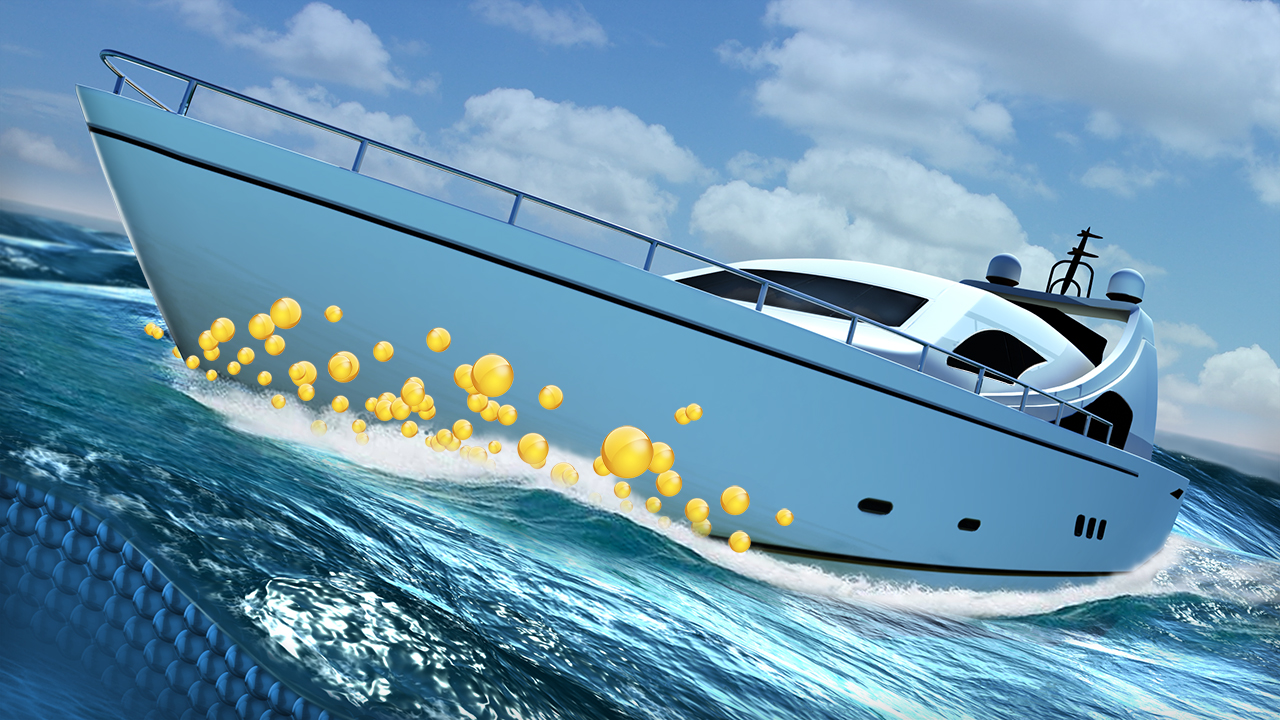- Course
Introduction to Dynamic Oceans in Houdini
This series of Houdini tutorials explores the many different techniques used in Houdini's OceanFX toolset. Software required: Houdini 14.

- Course
Introduction to Dynamic Oceans in Houdini
This series of Houdini tutorials explores the many different techniques used in Houdini's OceanFX toolset. Software required: Houdini 14.
Get started today
Access this course and other top-rated tech content with one of our business plans.
Try this course for free
Access this course and other top-rated tech content with one of our individual plans.
This course is included in the libraries shown below:
- Core Tech
What you'll learn
This series of Houdini tutorials explores the many different techniques used in Houdini's OceanFX toolset. We'll get started by using the shelf tools, but almost instantly dive deeper into those networks; discussing the details of the nodes at the heart of the OceanFX toolkit, the Ocean Spectrum and the Ocean Evaluate. We'll learn how to set up a quick iterative rendering process for tweaking the look of ocean shaders, then see how to track an object with a fluid tank, which allows us to create large ocean scenes with minimal simulation time. We'll examine the whitewater simulator and see how to effectively integrate elements like spray, foam, and bubbles into our oceans. This series of lessons was developed for an artist with a solid understanding of basic 3d concepts, a familiarity with the Houdini User Interface, and a basic knowledge of Houdini fluids. If you're completely new to Houdini fluids, you can get up to speed quickly by FIRST watching the "Introduction to Fluid Simulations in Houdini" course. Simulating large oceans has always been a challenge for visual effects artist, but Houdini's OceanFX Toolkit makes the process fun and produces great results. Software required: Houdini 14.

